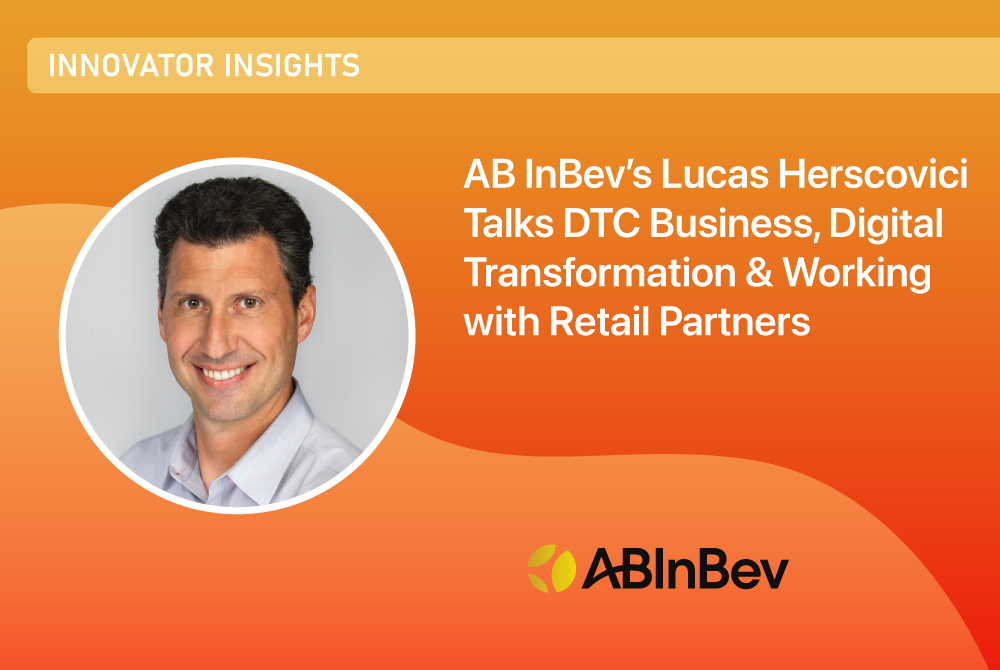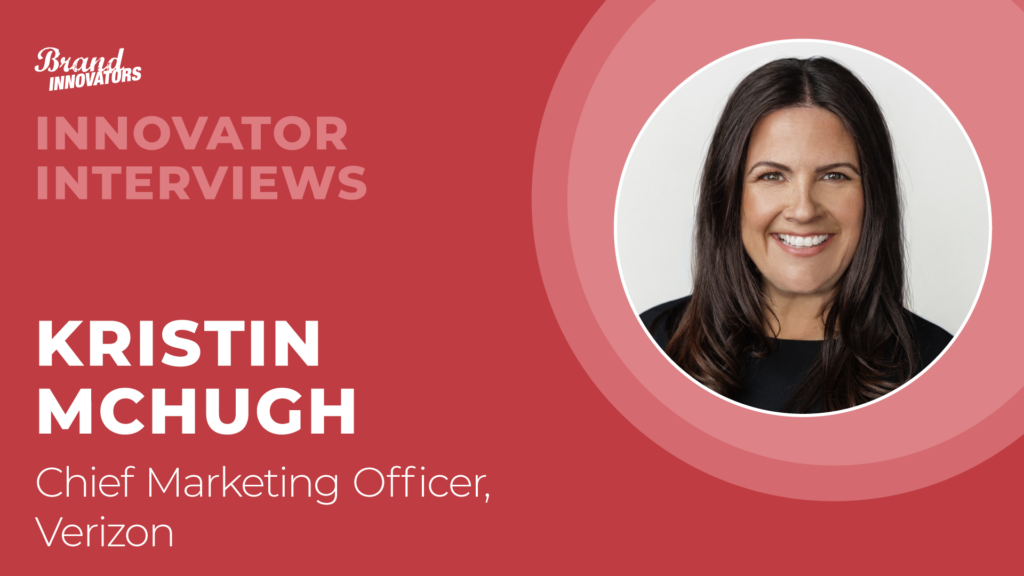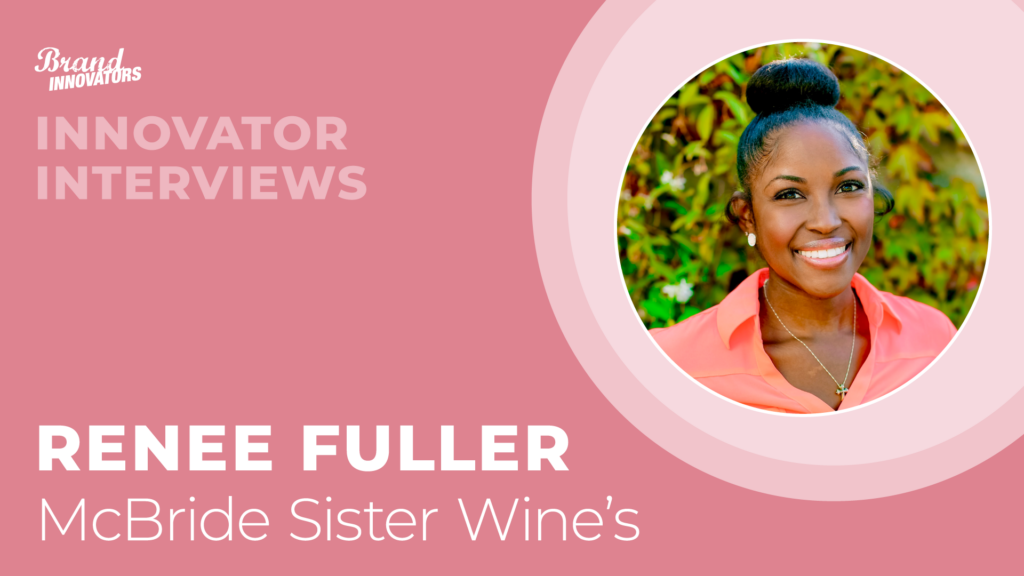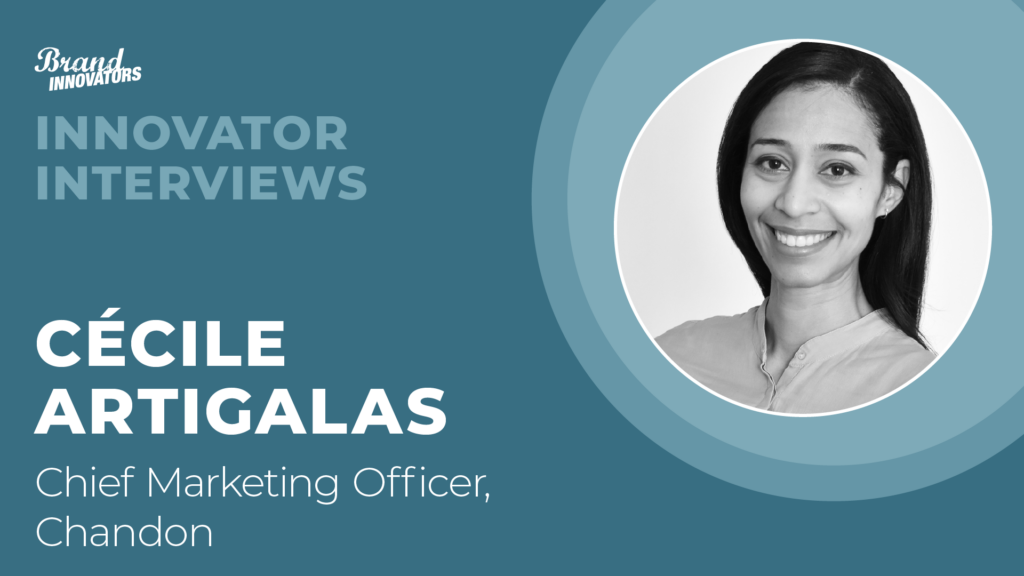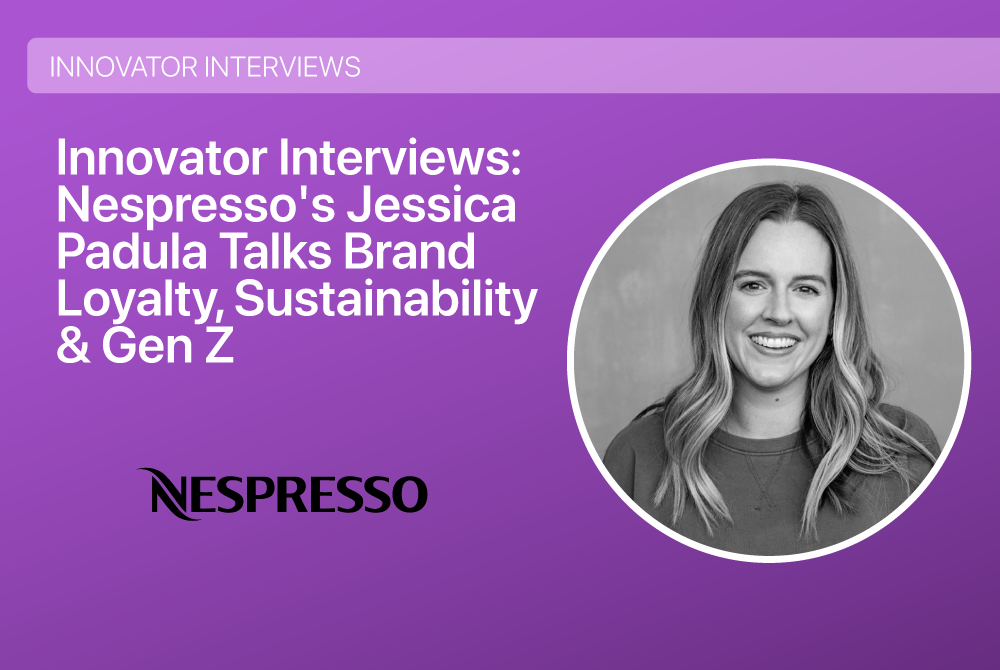With more than 20 years experience at AB InBev, Lucas Herscovici is taking the lead on transforming how beer is sold to consumers, making it as easy and affordable to order online as a pizza.
AB InBev’s Zé Delivery is an on-demand delivery service in Brazil and TaDa Delivery in the rest of the world (mainly Latin America and Africa currently). These brands deliver cold beer in less than 30 minutes for supermarket prices.
“What we propose to consumers is delivering cold beer in less than 30 minutes at supermarket prices,” says Herscovici. “In the same way you can order a pizza anywhere around the world in less than 30 minutes. If you can do that with a pizza, why can’t you do it with beer? We help solve that problem.”
Additionally, the brand has PerfectDraft –essentially an espresso bar for beer machines, in which consumers can buy machines to keep in their homes and can order kegs for delivery to replenish the beer supply. “Today we have more bars at homes in Europe than bars exist in Europe,” says Herscovici. “This is an amazing premium experience that really drives a lot of joy and entertainment for consumers.”
As global chief direct-to-consumer officer since last May, Herscovici sees the initiatives as building on the company’s mission to “create a future with more cheers.” “DTC helps provide that by giving consumers access to joyful beverage experiences,” he says. “We’re going to scale this even further. People enjoy our products when they have a barbecue or when they’re watching a football game. We know we can make those experiences even better with the products we offer.”
AB InBev’s DTC services are present in more than 17 markets. Last year ABInBev’s DTC business counted more than 69 million online orders with nearly$500 million in net revenue driven via digital channels. Overall the beer category has seen sluggish sales due to inflation, but Herscovici says the category is resilient and profitable and a lot of this growth is happening in DTC and developing markets, which Herscovici oversees.
“We had an all-time high in volume growth with 2.3% volume growth and 11.2 net revenue growth,” he explains. “We show growth in more than 60% of the markets where we operate. Despite all the trends, we have been able to grow the category being the No. 1 brewer globally and our DTC products are contributing to that growth.”
These offerings rely on AB InBev’s massive logistics network with a presence in hundreds of markets and relationships in these markets with more than 6 million retailers. Herscovici will be speaking at the Brand Innovators’s Evolution of Retail Summit March 27-28. This interview has been edited for length and clarity.
How are you thinking about digital transformation?
We have a very clear strategy. The first pillar is leading the category. The second pillar is digitizing and monetizing our ecosystem, which is helping drive this digital transformation. Within the second pillar of our strategy, we have two big propositions, one is DTC. What’s helping us drive the transformation, helping us connect with close to 2 billion consumers that already purchase our products. We want to create joyful experiences for them by solving pain points. This will help grow the category more effectively by developing occasions.
How are you working with retail partners?
In Brazil, we are doing a pilot rewards program where consumers can use QR codes on bottles. You buy a bottle with a QR code, you scan it and that gives you points. Those points can really be redeemed in a bar. So we drive foot traffic to our retail partners. And we’ve seen more than 35% of consumers wanting to redeem in a bar. This is a very good example of how we’re driving incremental sales for partners, being able to connect the online and the offline world, which is a dream come true. As a company, we can then see purchase behavior of the same consumer when they’re buying online or when they’re buying offline. This gives us a lot of insights on how we can grow the category better.
From a partnerships perspective, we have 40,000 couriers that work for our retail partners that deliver our products. That’s another thing that we bring to the business. Another important thing to point out is our platform is open. So we don’t only sell our products, we sell competing products and we even sell other categories like snacks, ice, limes, charcoal, whatever is convenient to make the proposition better for the consumer. We always pride ourselves in doing what’s best for the consumer.
How is digitization transforming the category?
There are three areas in which we’re innovating to really drive innovation into the category. First is sustainability. We may be the only player out there in this space that is able to offer returnable bottles to consumers. Why? Because the driver can deliver an order and pick up returnable bottles in the same trip. More than 40% of our sales in Zé and TaDa are returnable packaging. The competition doesn’t have any returnable packaging. We know that this is better for the environment and this is better for consumers, because they are more affordable. This brings inclusivity and helps grow the category in a healthier way.
The other innovation is doing partnerships with other companies. Recently, for example, we did a partnership with Meta. We did an app promotion with WhatsApp for Carnival. We had a 22% click through rate. We’re constantly pushing the boundaries of what can be done.
The last area is in-home consumption, a trend that was already growing pre COVID and accelerated during the pandemic. Ecommerce sales are going to grow more than $10 billion globally in the next five years. This will help grow the relevance of beer within the ecommerce space and will help drive that online beer penetration to drive category growth.
Are there any campaigns that you’re currently working on?
Last week, we did a campaign with football clubs in Brazil. You need to pay a monthly membership fee to become a member of and to be able to go to see the games in Latin America. We did a promotion in which 50% of what they pay monthly for the club membership, they get it in cash back for beer that they can buy on-site or for delivery. That’s an example of a benefit that we’re offering to consumers. People that were already fans of the club can use half of that membership fee to buy the beer that they are already buying. It created a lot of awareness and buzz around the country.
Another campaign that we’re currently working on is a music festival in Colombia, called a Stereo Picnic. It’s one of the biggest music festivals like Lollapalooza. You can use TaDa to get a free beer at the festival. We know that getting beer in the festival is sometimes not that easy. This is an example of how we bring convenience to the experiences.
The third example is for PerfectDraft. We have a campaign called Spring Rewards so we’re offering consumers that buy three to six kegs from April to June additional discounts to stimulate demand there. We recently launched Corona Zero, which is a big innovation. Corona is one of our global brands that is growing and growing and we’re activating a lot. Now we made it available with zero alcohol in Europe and that’s driving a lot of conversation.
Are you seeing a growing demand for non-alcoholic beers?
Yes. We see health and wellness has been a trend that has been there for since COVID. This was accelerated. Non-alcohol beer sales are growing in all countries around the world. It started more in Europe. We see it happening in the US and in Latin America. We have Budweiser Zero and Corona Zero. It’s something that we see as bringing choice right to consumers. It drives moderation. It’s seen as a healthier proposition and we’re very proud to be activating non-alcohol brands around the world.
What trends do you expect to see this year?
One is the continued growth of ecommerce and in-home consumption. We had seen that prior to COVID, we saw an acceleration during COVID and now we’re seeing ecommerce go back to similar growth that was existing prior to COVID but with a higher base. In-home consumption is also growing a lot. The second trend that I see is convenience, which accelerated during COVID. I see it continuing its growth. In Brazil, we recently launched vending machines called Zé Express. Imagine you you enter the lobby of an apartment building and you can in there you can get our products cold at the best prices without needing to go anywhere.That’s an example with a breakthrough technology that is providing convenience to your home without needing to wait for anyone to deliver. We learned this from China where we have over 60 of these machines. The third trend is health and wellness, like the Corona Zero example.
The fourth trend is going back to experiential events. Carnival just happened a few weeks ago and it had a record turnout. Lollapalooza happened this past weekend in Argentina. We’re seeing a lot of people going back to enjoying these joyful beverages with their friends and having a great time. We’ve been activating these things for decades and we have a great opportunity now being able to integrate our DTC propositions within these festivals.
